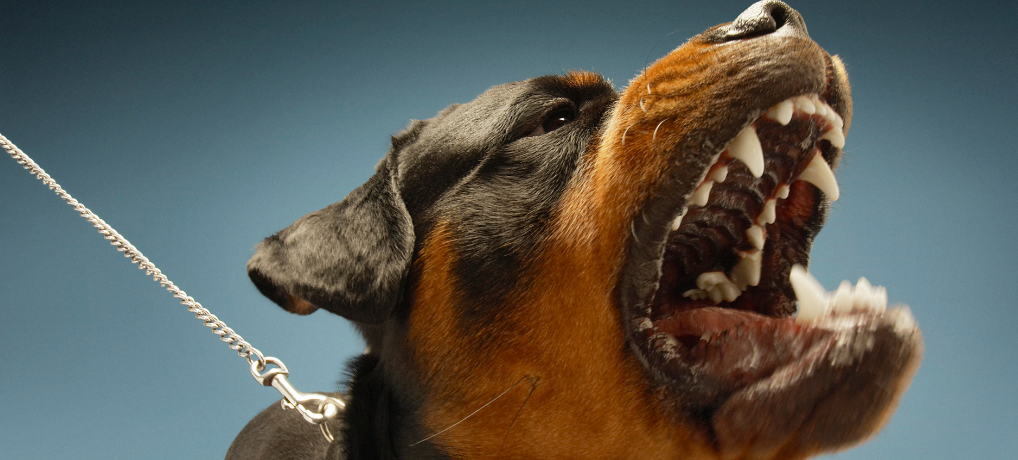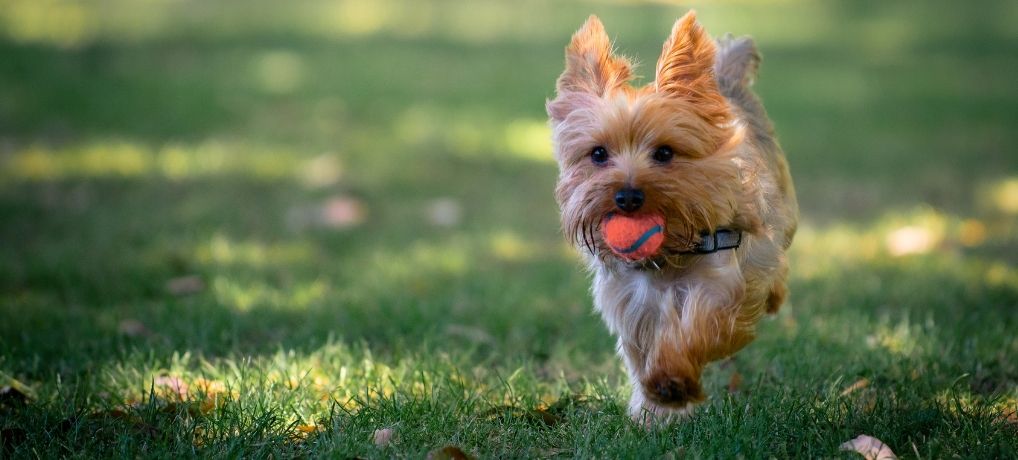Last Updated on June 13, 2023 by Kunthida

Dog Recall Training: How to Train Your Dog to Come
Would you like to know how to train your dog to come? This is one of the most common complaints of many dog owners:
“My dog doesn’t come when I call!”
Training the recall is one of the funniest of all dog-training exercises because we do so much completely wrong! Let me explain.
This is what we want to achieve: When we call our dog “here Bella” we want Bella to come sprinting as fast as she can to us. Now, in order to achieve this, we must make “here Bella” the best command in the world. With the best result and rewards at the end! So here are some tips!
Never call your dog if you are thinking of telling her off! You can undo months and months of hard work training your dog to come by telling her off just once.
Suddenly coming when you call could be a really bad move!
9 times out of 10 make sure that your dog has a good experience when she comes if you call you.
On the 10th recall if you need to put your dog on a leash then do so.
When you call your dog to you think of coming as more of a “check-in with me” than an “I am calling you to stop what you are doing”.
Use a long line to keep control of your dog if you are unsure. A long line is a piece of line or rope that can be as long as you like that lies on the ground but you keep within reach!
Note: For an outstanding dog training course, visit the Doggy Dan Special Page and you will learn effective dog recall training techniques [and more] through videos. A trial offer for 3 days will cost you only $1. Check it now!
⇑ Go to the Table of Contents – Dog Recall Training ⇑
Dog Recall Training: the Basic Formula
If your dog hates returning to the car then reward your dog back at the car with water and a small feed and things will soon turn around! The basic formula to any good recall training is:
CALL your dog to you, then
REWARD your dog within 2 seconds and then immediately
RELEASE your dog.
In order to make your dog enjoy the experience, you should learn the power of using affection and attention by withholding it and only giving it as a reward.
This is one of the most powerful tools available to us and yet we get it all so wrong by giving the dogs attention whenever they want and wondering why they don’t come when we call them!
All of the steps above are demonstrated live on video as well as how to establish yourself as the pack leader on The Online Dog Trainer. Click here to take a look at their website…
⇑ Go to the Table of Contents – Dog Recall Training ⇑
Dog Recall Training: How Best to Teach Your Dog to Come
Dogs aren’t actually insubordinate. However, they at first don’t understand precisely what they’re supposed to do.
To make this crystal clear, you need to establish the alpha status upfront.
Be ready to exhibit patience and modest and firm force to produce the behavior wanted.
This can be difficult when training the command “come”.
⇑ Go to the Table of Contents – Dog Recall Training ⇑
Dog Recall Training: Avoid distractions!
 It’s in their nature for dogs to explore their surroundings.
It’s in their nature for dogs to explore their surroundings.
They will smell anything and everything, dig, turn things over, and grab little objects.
Avoid distractions
When doing a training session minimize any distractions by arranging to be as far away from other people and voices as possible.
It’s a good idea to use an area that is clear of impediments or a room without small articles on the floor.
The moment the dog comes spontaneously towards you, act quickly and reinforce the command with a hand gesture.
If he moves towards you, spontaneously, reinforce “Come” with the hand movement.
Avoid ambiguous commands
Make sure that the gesture and/or the word is unique and not one which is used during regular training sessions.
Put the dog in a sitting position facing you. Reinforce the command of ‘stay’ as you move away. Use hand gestures and voice commands. Praise the dog if the behavior is correct.
Do not reward the dog for an incorrect or partial response. This activity should be repeated with you stepping back. If the dog tries to come too quickly, reinforce the command of sit/stay.
If the dog does not move at the ‘come’ command, entice him with a treat or a toy.
⇑ Go to the Table of Contents – Dog Recall Training ⇑
Using Leash & Collars for Dog Recall Training
Training your dog to come when called, also known as recall training, is an essential skill that every pet should know. It ensures their safety and offers peace of mind for owners. You can start this training at any age, but the sooner, the better. Leashes and collars can play a vital role in this process. Here’s how you can use them for recall training:

- Choose the Right Leash and Collar: Start by choosing a comfortable, adjustable collar and a sturdy leash. A long leash (10 to 30 feet) can give your dog a sense of freedom while still maintaining control.
- Create a Positive Association: Create a positive association with the leash and collar. Let your dog sniff them and reward them with treats or praise when they show interest. This will help your dog associate the leash and collar with good things.
- Teach Basic Commands: Start with basic commands such as ‘Sit’, ‘Stay’, and ‘Come’. Use treats and positive reinforcement to motivate your dog.
- Introduce Distance: Once your dog understands the basic commands, begin introducing distance. Put them on the leash and let them wander a bit away from you. Then, call them back using the ‘Come’ command. If they respond correctly, reward them.
- Increase the Distance Gradually: Gradually increase the distance between you and your dog over time. Use the long leash to allow your dog to explore but still have control.
- Practice in Different Environments: Once your dog is reliably coming when called at home, start practicing in different environments like parks, friend’s houses, or during walks. This will help them generalize the skill.
- Consistency is Key: Consistency in command and reward is key in training. Always use the same command and reward them every time they come to you when called.
- Gradually Remove the Leash: Once your dog is reliably responding to your recall command in various environments, begin training without the leash in a safe, enclosed space. This will help them understand that the command still applies even without the leash.
- Never Punish: If your dog doesn’t respond to your recall, don’t punish them. This could create a negative association with the command. Instead, go back a few steps in your training and try again.
Remember, training takes time and patience. Not every dog will learn at the same pace. Celebrate the small victories along the way and continue to reinforce positive behavior. With time, your dog should be able to respond to your recall command reliably, ensuring their safety and your peace of mind.

Learn More about Brain Training for Dogs!
Dog Training Methods 2021: Expert Articles to Get the Best Dog Behavior Hands Down
How To Teach PERFECT Recall! Stop Your Dog Ignoring You Off-Leash!



